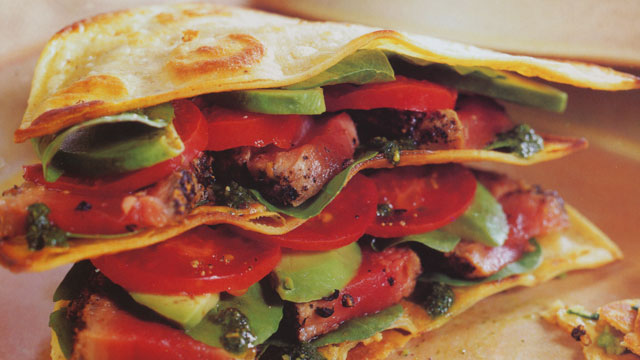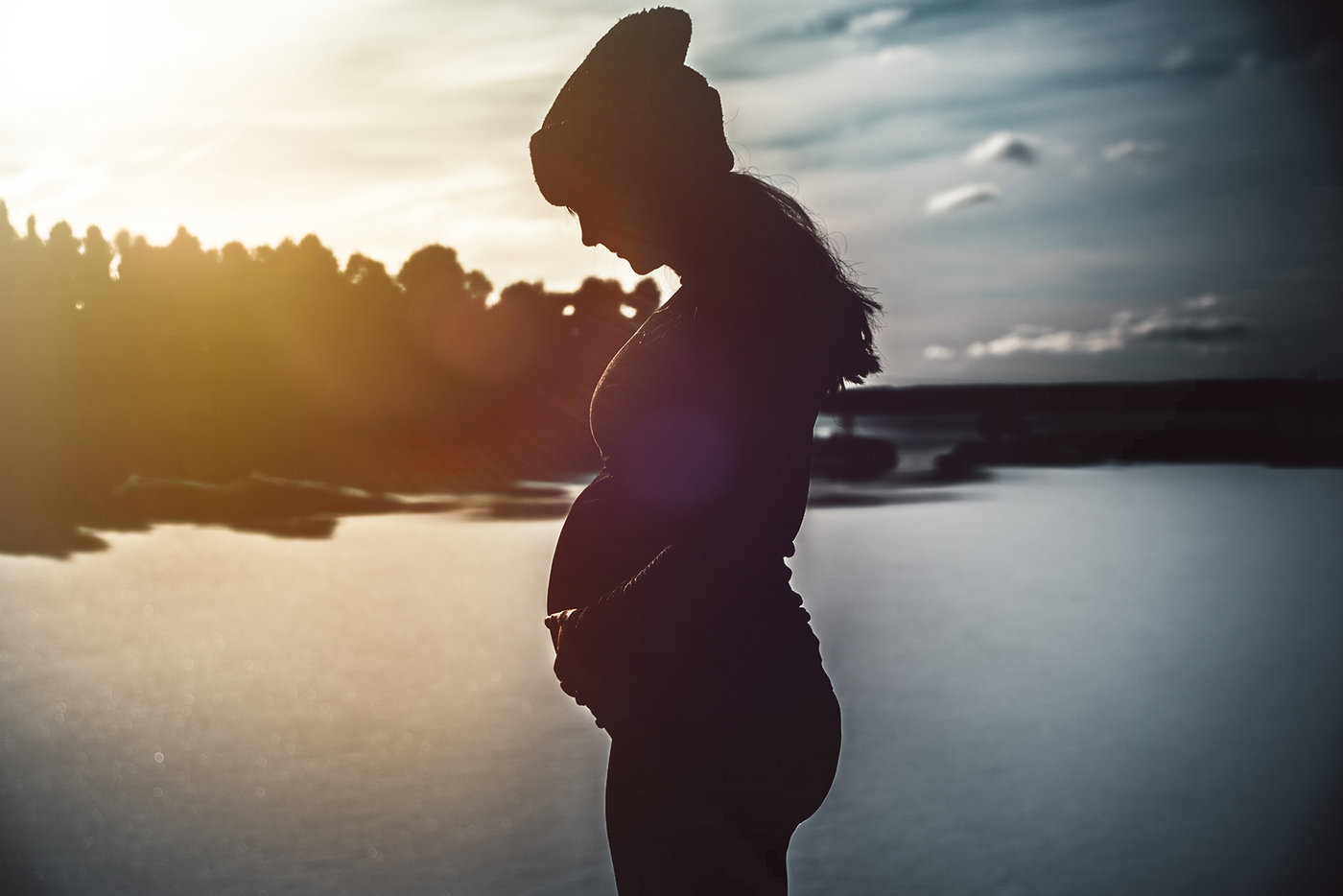As the festivities begin in celebration of Thanksgiving, the Los Angeles County Department of Public Health (Public Health) would like everyone to have a safe and healthy holiday.
“During this season of giving, we extend our gratitude to all those who have supported our well-being during the year, from our first responders to our health inspectors,” said Dr. Barbara Ferrer, PhD, MPH, MEd, Director, Los Angeles County Department of Public Health. “As family and friends gather together, it’s important to protect ourselves, our loved ones and our guests by preparing foods safely. You can help prevent foodborne illness by following simple food handling tips, such as handwashing and cooking turkey, other meats and eggs to appropriate temperatures.”
During the holidays, Public Health investigates cases of foodborne illness that are the result of undercooked food and poor food handling practices. Typical symptoms of foodborne illness include stomach pain, vomiting, and diarrhea, all of which can start hours or days after consuming contaminated food or drink. For healthy people, most symptoms usually go away after a few hours or days without treatment. However, foodborne illness can be severe and even life-threatening in older adults, infants and young children, pregnant women, and those with conditions that weaken their immune systems.
Raw or undercooked meats including turkey, chicken, beef and lamb can contain bacteria such as Campylobacter, Salmonella or E. coli, that cause diarrhea and other health problems. Cooking meats to the proper temperature can kill these bacteria. It’s important to note that freezing does not kill these bacteria.
Fresh turkey:
- When purchasing a fresh turkey, plan to cook it within 1- 2 days after purchase. Do not buy fresh pre-stuffed turkeys. If not handled properly, any harmful bacteria that may be in the stuffing can multiply very quickly. Frozen pre-stuffed turkeys are safe because they have been processed under controlled conditions.
To thaw a frozen turkey:
- Refrigerator: Place frozen turkey in original wrapper in the refrigerator (40° F or below). Allow approximately 24 hours per 5 pounds of turkey. After thawing, keep turkey refrigerated for only 1-2 days before cooking. It is not recommended to refreeze a turkey that has been thawed using other methods.
- Cold Water: Place securely wrapped turkey in cold water and change the water every 30 minutes. Allow about 30 minutes defrosting time per pound of turkey. Cook immediately after thawing.
- Microwave: Check to see if the turkey is small enough and fits comfortably in the microwave. Check manufacturer’s instructions for the size of turkey that will fit, the minutes per pound, and the power level to use for thawing. Cook immediately after thawing.
- Do not thaw frozen pre-stuffed turkeys.
To cook a turkey:
- When roasting a whole turkey, use a food thermometer to make sure it cooks to 165°F or higher. Insert the thermometer in the thickest part of the thigh, but not against the bone.
- For safety and uniform doneness, cook stuffing separately in a casserole dish.
- For pre-cooked turkey dinners, eat within 2 hours or refrigerate components separately, then reheat to a temperature of at least 165°F.
- Frozen pre-stuffed turkeys: Cook from the frozen state by following package directions.
- Remember the dangers of deep frying a turkey: Turkey fryers can easily start a fire. Use your turkey fryer only outdoors on a sturdy, level surface well away from things that can burn. Make sure to have a “3-foot kid- and pet-free zone” around your turkey fryer to protect against burn injuries.
Other food handling tips include:
- Wash hands with warm water and soap for 20 seconds before and after handling food and after using the restroom.
- Wash fresh fruits and vegetables thoroughly before eating or cutting into them.
- Separate raw meats and poultry from other foods such as fruits and vegetables. Avoid cross contamination by using separate cutting boards, knives, and platters for these foods.
- Wash cutting boards, utensils, and platters before and after preparing each food item
- Bring sauces, soups, and gravies to a rolling boil when re-heating.
- Keep hot foods hot. Use chafing dishes or pans with Sternos or other heating devices or keep foods in the oven at a temperature to ensure they remain at 135°F or above.
- Keep cold foods cold (40°F or below). Refrigerate leftovers within 2 hours. Throw out foods that should have been kept cold but have been left out for more than two hours.
- Leftovers should be used within 3 to 4 days.
- “Taste testing” food or drinks to see if they have spoiled is not recommended.
For more information on safe cooking, visit the USDA website at: www.usda.gov or call their toll-free Meat and Poultry Hotline at 1-888-674-6854. Food safety specialists are available, in English or Spanish, from 10:00 a.m. to 4:00 p.m. Eastern time during the week year-round. An extensive menu of recorded food safety messages may be heard 24 hours a day. For Frequently Asked Questions, visit: Avoid Foodborne Illness This Thanksgiving




